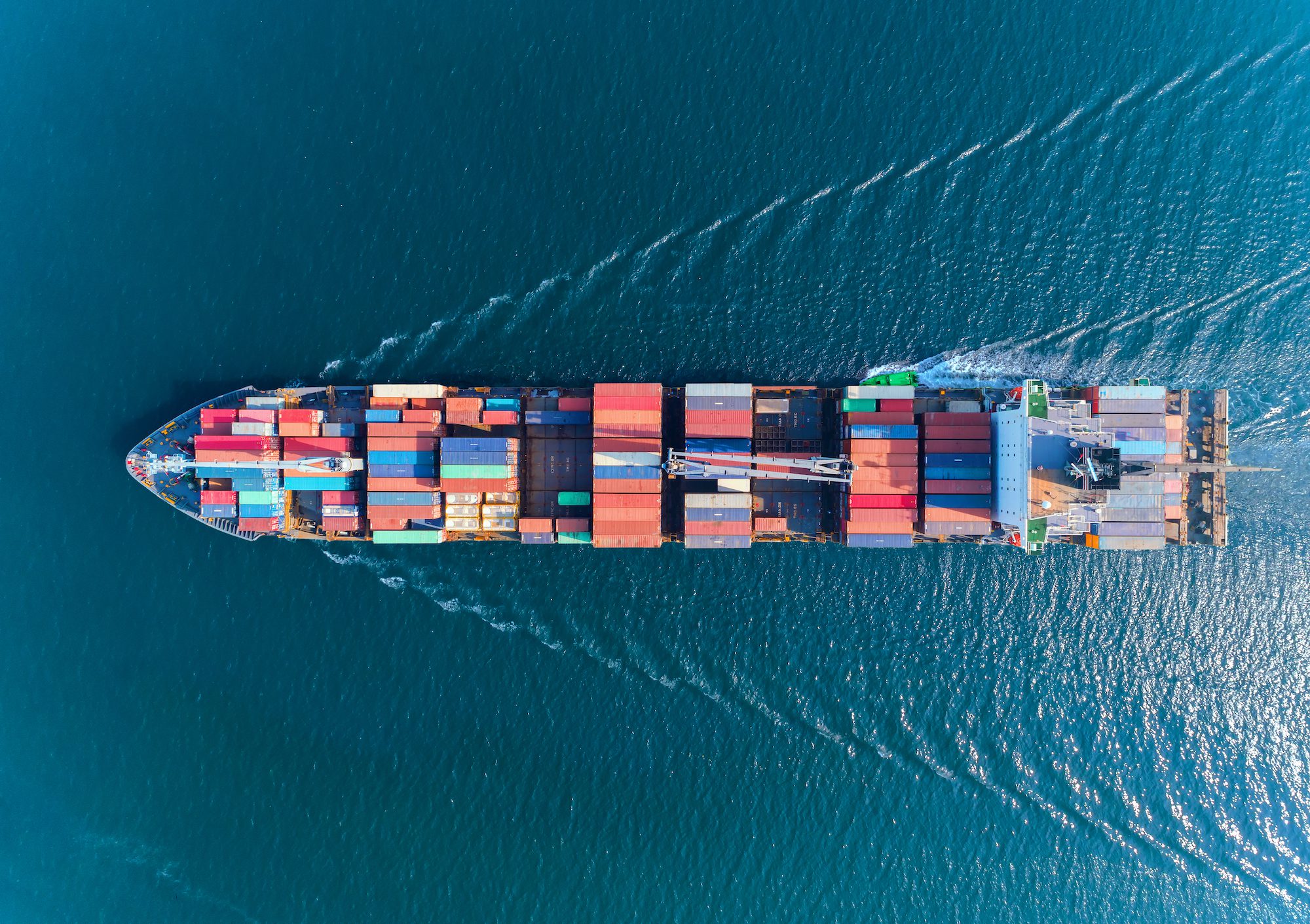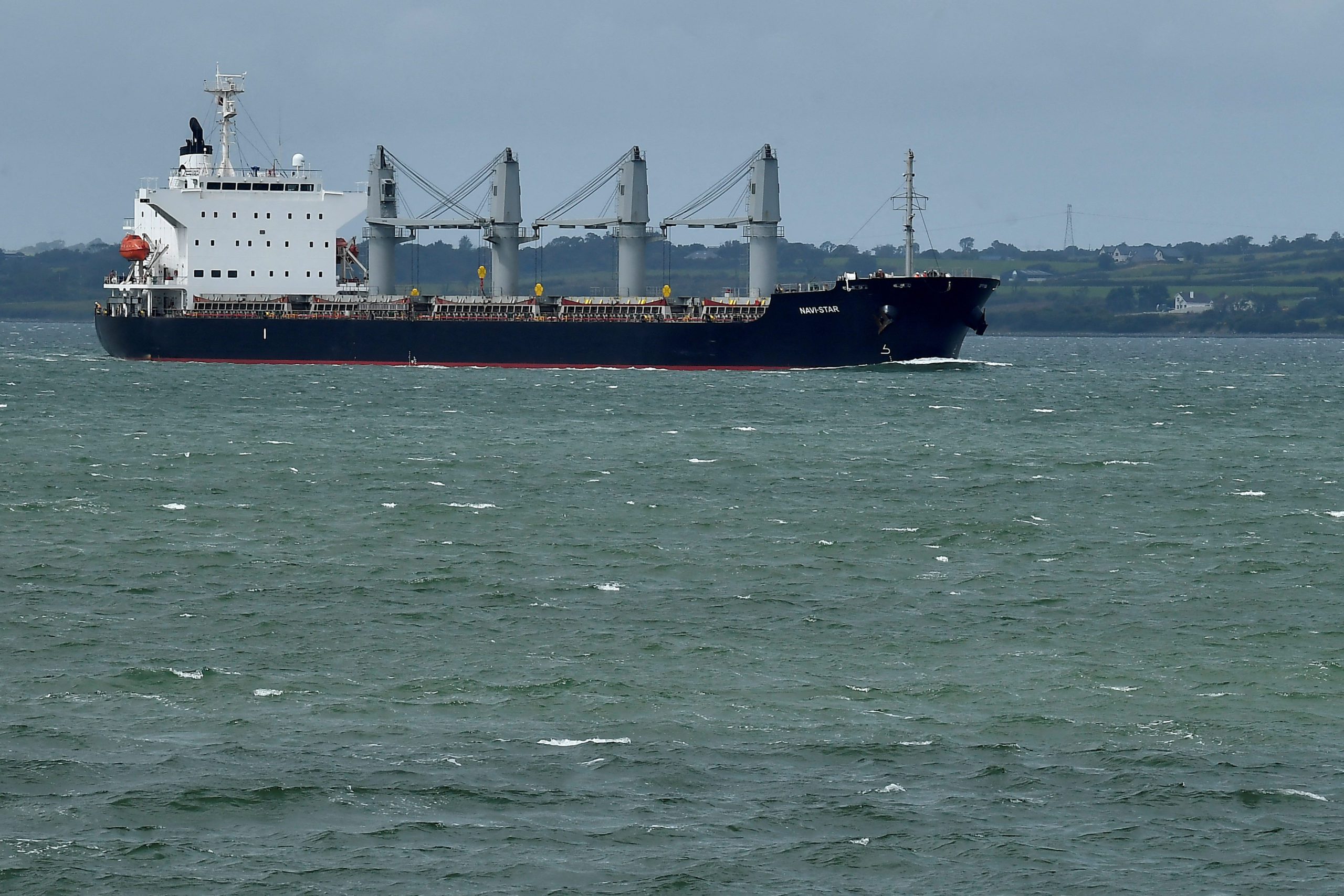As the COVID-19 pandemic recedes, global shipping is experiencing a shift in operations.
According to the world’s largest shipping association, BIMCO, liner operators increased average sailing speeds by up to 4% during the pandemic to accommodate strong demand and port congestion. In contrast, the first quarter of 2023 saw a 4% year-over-year decrease in average sailing speeds, dropping to 13.8 knots, with projections for a 10% decline by 2025, BIMCO reports.
Changes in sailing speed can impact transport capacity, while also reducing both bunker oil consumption and greenhouse gas emissions. Slow steaming, initially introduced in response to the financial crisis, cuts sailing speed on mainline routes by up to 20%.
Although the traditional faster head-haul direction remains, average sailing speeds have significantly decreased. Larger ships on intercontinental routes continue to sail faster than smaller ships on intra-regional routes, but these trends may be shifting. In 2019, the largest ships sailed an average of 2.6 knots faster than the smallest ships, a difference that narrowed to 1.8 knots in Q1 2022 and further to 1.6 knots in Q1 2023, according to BIMCO. Consequently, the average sailing speed weighted by ships’ TEU capacity fell 6% year-over-year in Q1 2023, while the simple average sailing speed fell only 4% year-over-year, it said. This indicates a faster decrease in supply than in sailing speed.
The speed difference between head-haul and back-haul directions could also be reduced in the future. Compliance with the Energy Efficiency Existing Ship Index (EEXI) has led some ships to install Engine Power Limitations (EPL), reducing their top speeds. To maintain a buffer between top speed and scheduled speed, which allows for recovery from port or weather delays, the scheduled speed must be reduced. This will primarily affect the faster head-haul direction and narrow the difference in speed between directions, BIMCO says. The Carbon Intensity Indicator (CII) regulation and overall greenhouse gas emission targets may also drive further reductions in sailing speed.
While improved port congestion and slower return rates to the Asia-Pacific region may contribute to the lower average sailing speed, BIMCO believes this trend foreshadows the future of global shipping. As highlighted in its Container Market Overview & Outlook reports throughout 2022, sailing speeds could fall by 10% before 2025.

 Join The Club
Join The Club











